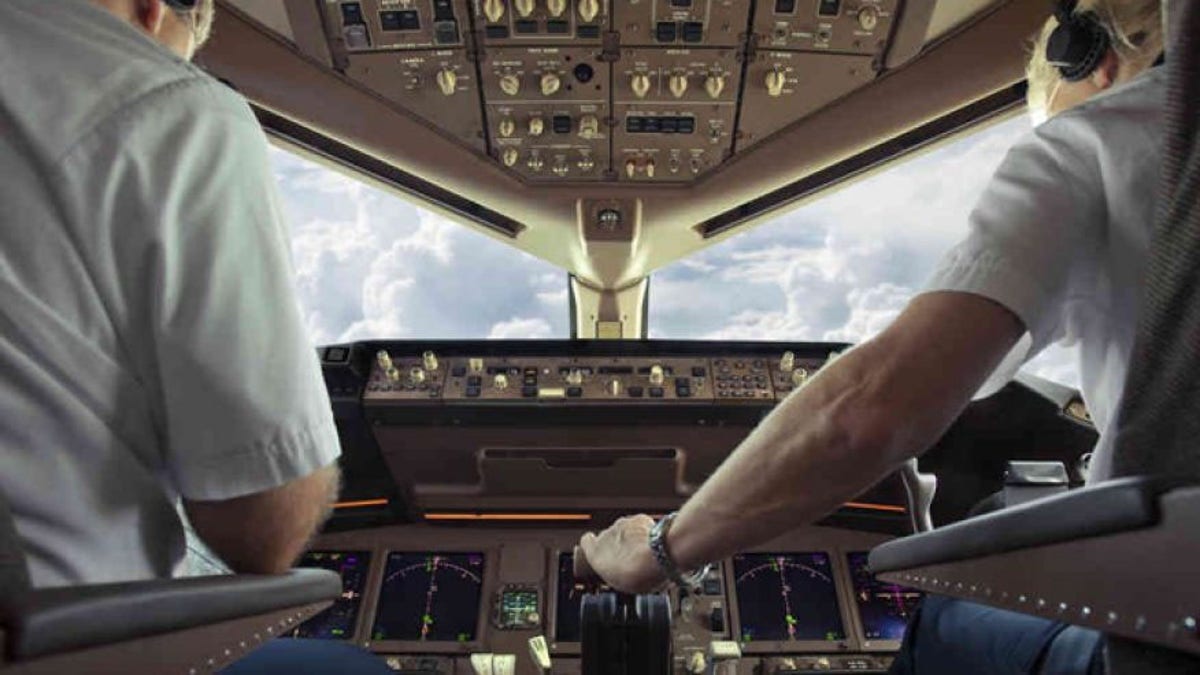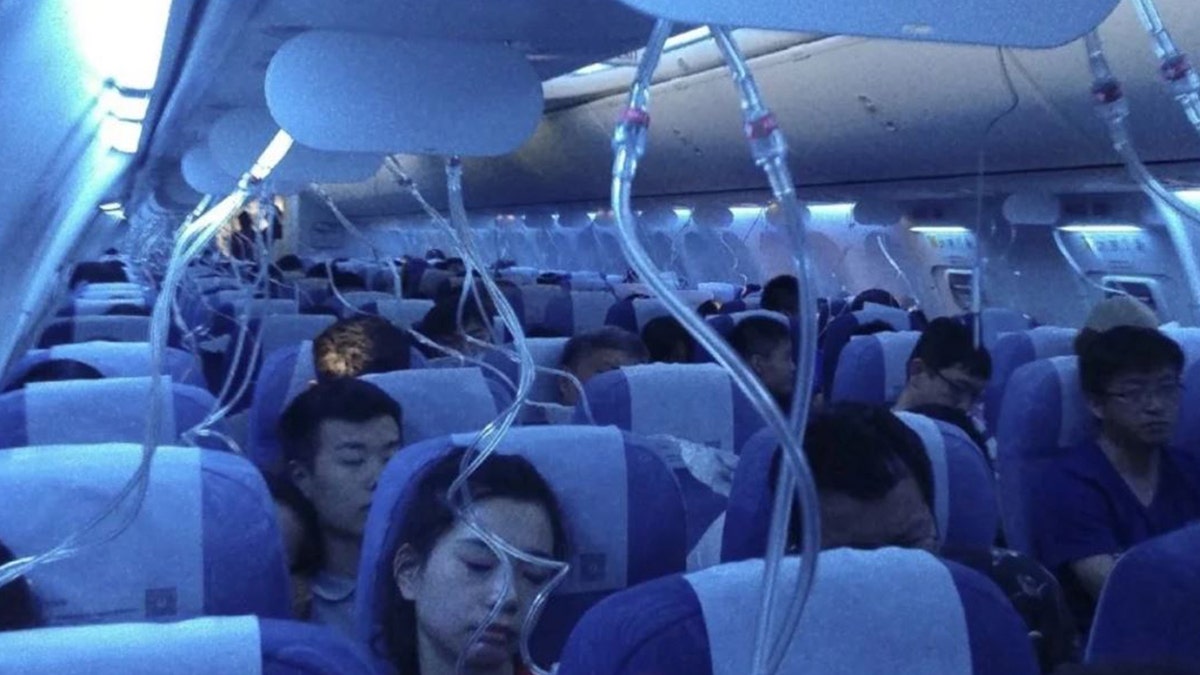
These people keep the travel world spinning 'round. (iStock)
Though skill and years of training determine a pilot's ability to fly an aircraft, a new Harvard study claims that stale cockpit air could lead to dangerous consequences in the high skies.
This week, Harvard scientists published their findings on the matter in the Journal of Exposure Science and Environmental Epidemiology. According to their study, if air in the cockpit is stale and contains high levels of carbon dioxide, it is more difficult for pilots to maneuver the aircraft and respond to emergencies, which could prove fatal for all on board.
As The Sun explains, higher levels of carbon dioxide can happen as result of “bleed air” in the cabin, which occurs as a result of engine oil or other chemicals leaking into the aircraft via engine seals.
In the study, teams of 30 active commercial pilots took three-hour turns flying in A320 flight simulators and practicing an “increasingly difficult range of flying maneuvers” without the use of autopilot, The Points Guy reports. They were under the watch of an FAA flight examiner, who scored them.
The study found that the pilots operating with a carbon dioxide concentration of 700 parts per million (ppm) had a 52 percent better chance of passing FAA standards for maneuvers such as avoiding midair collisions, stalled engines and other similar emergencies than the pilots operating the simulator with a carbon dioxide concentration of 1,500 ppm.
Further, compared to a group operating with a CO2 concentration of 2,500 ppm, the group with 700 ppm performed 69 percent better.
In addition, the researchers began to notice impaired performance from the pilots after roughly 40 minutes with bad air, and that the longer pilots stayed in cockpits with the so-called “bad air,” the worse they would perform.
Nevertheless, the Harvard scientists concluded noting that the testing conditions and results do not necessarily reflect conditions in all planes or how pilots would perform during an actual flight.
“They do, however, suggest that there are important direct effects of carbon dioxide on pilot performance at concentrations that are occasionally observed on the flight deck and in the cabin,” they added.
FOLLOW US ON FACEBOOK FOR MORE FOX LIFESTYLE NEWS
“What we’re learning is that air quality in the flight deck has to be part of the conversation when we’re talking about pilot performance,” Harvard assistant professor and lead researcher Joseph Allen told The Points Guy.

Air China Flight CA106 from Hong Kong to Dalian in China lost altitude a half an hour into the scheduled 5:55 pm trip. (Weibo)
“The findings open up a whole host of other questions we want to answer, including the long-term implications, the lag effect of the higher concentrations of CO2 during boarding and when we see higher CO2.”
Meanwhile, the study did not comment on how well pilots can perform when a cockpit is filled with vaping fumes.
In July, a co-pilot vaping in the cockpit of an Air China flight caused the plane to take a sudden, terrifying 21,000-foot descent, which triggered a series of events that led to the deployment of oxygen masks and, in turn, the termination of the pilot’s employment, Fox News reported at the time.
